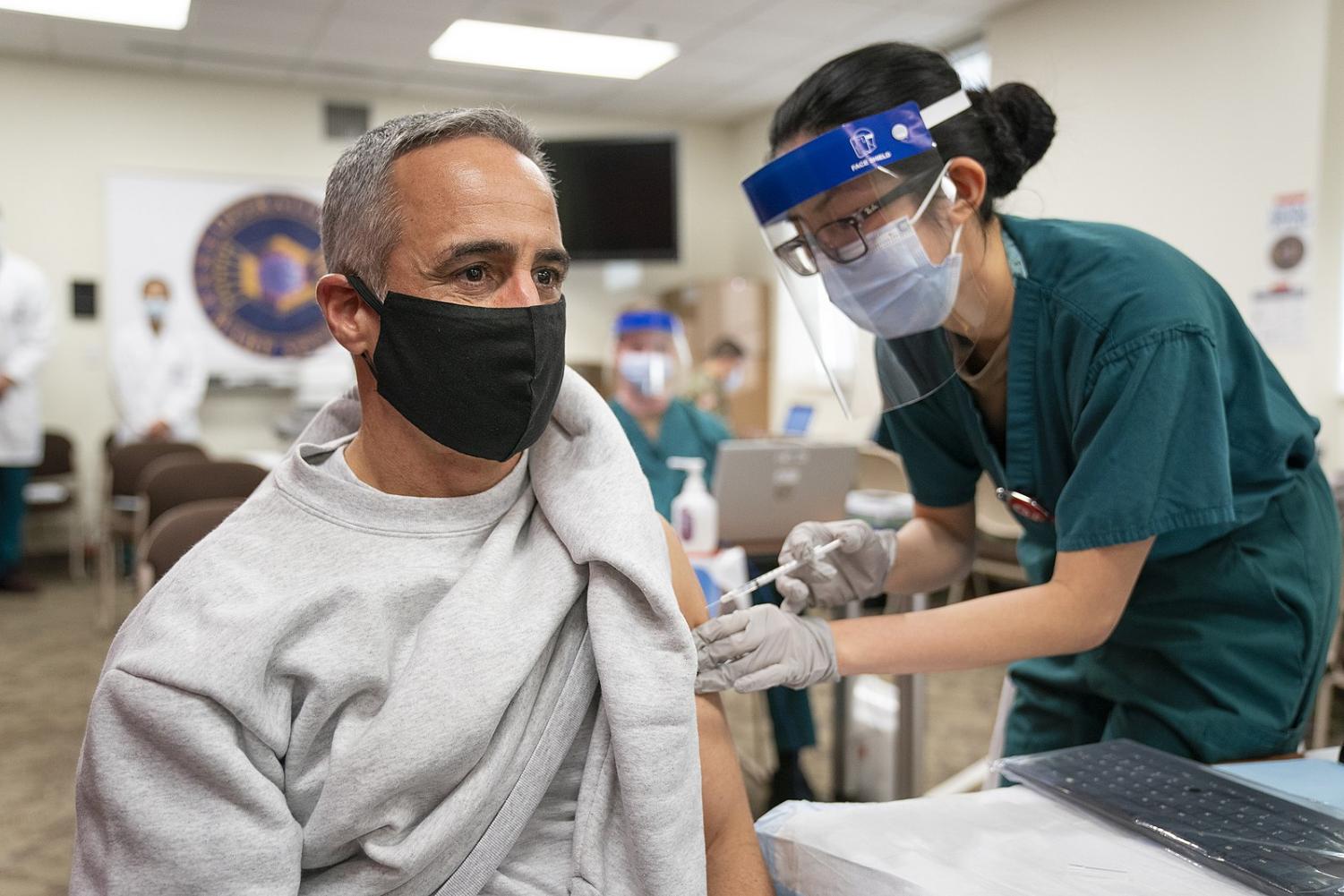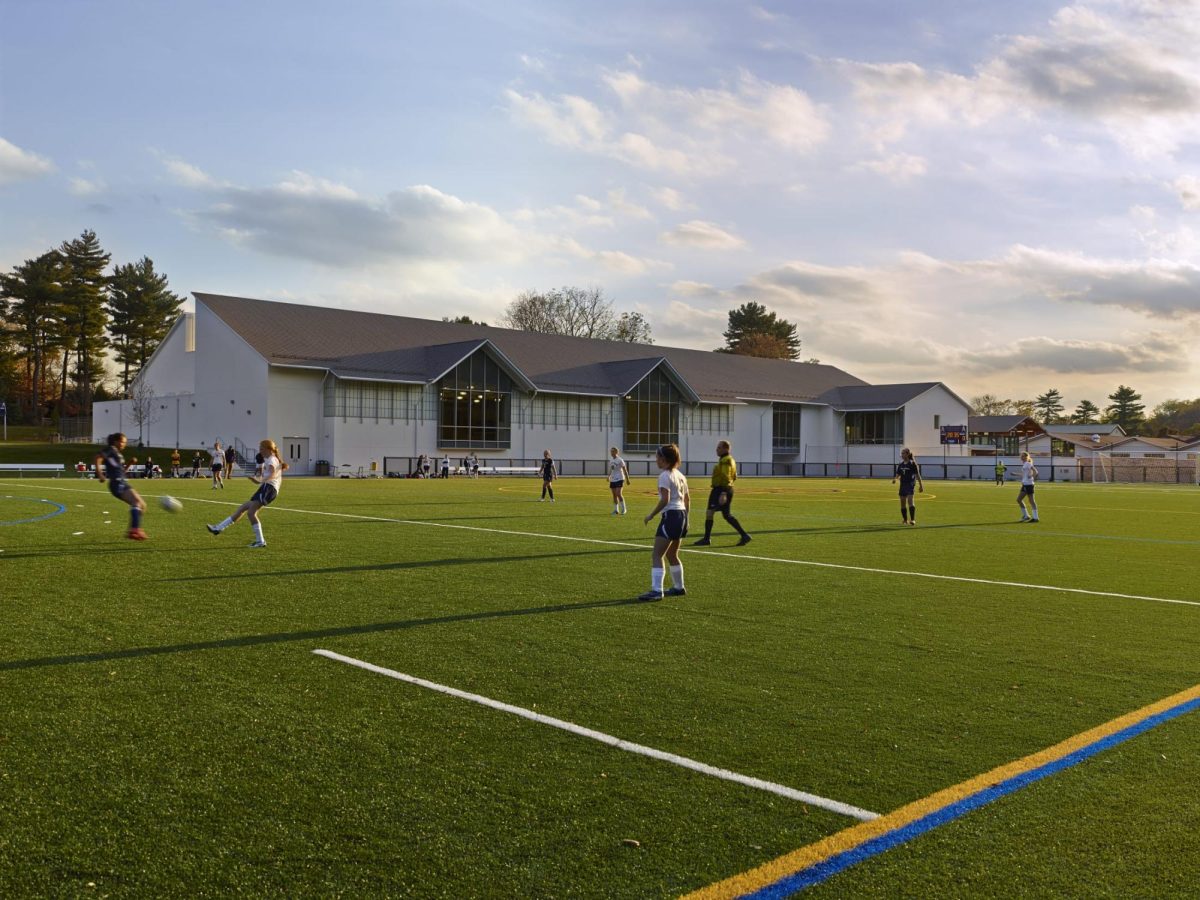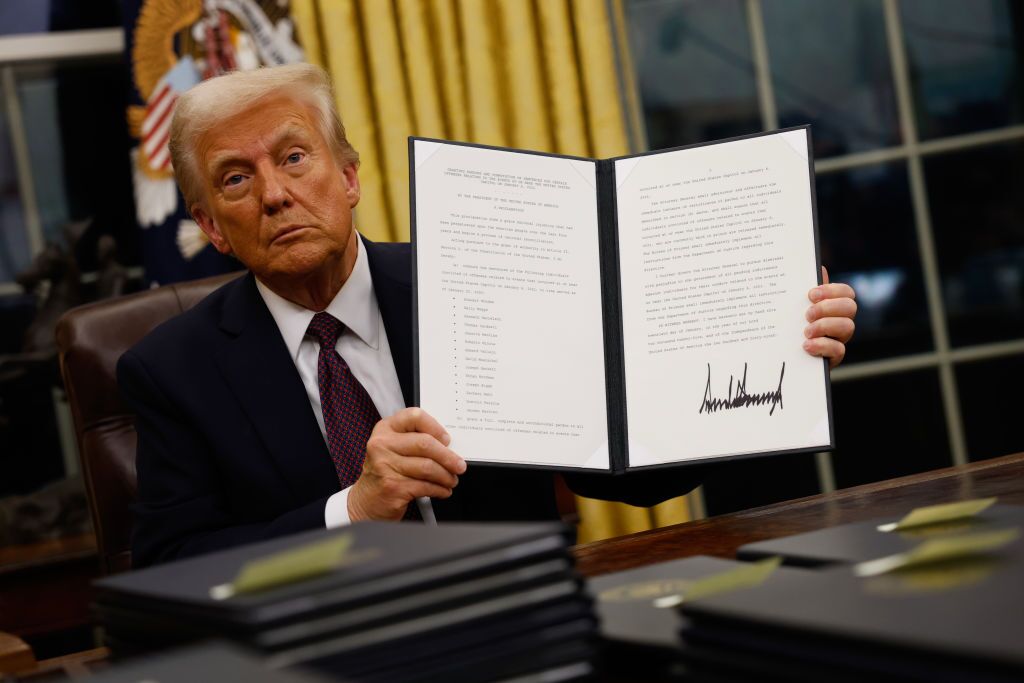The coronavirus (COVID-19) virus vaccine is often talked about under the context of its political and social implications. While hearing so many discussions on it in these contexts, one cannot help but wonder about how the vaccine itself works, and the science behind it. Learning about the science behind anything is quite relieving, because science is not widely debated and is always grounded on facts. Let’s take a closer look at the facts of the long awaited COVID-19 vaccine.
How does it work?
Many vaccines contain an inactive or weaker version of the virus that it is working against. On the other hand, many coronavirus vaccines, including the Pfizer and Moderna vaccines, are made of a newer type of vaccine called an mRna vaccine. According to the CDC, mRNA vaccines give the body instructions to make a “spike protein” which is usually found on the surface of a COVID-19 germ. Once the mRNA instructions are inside immune cells, the cells create the protein and show it on its surface. The body recognizes this as something that does not belong, and triggers an immune response which creates antibodies against the virus; this is what would happen in the event of a real infection. After this, the body knows how to protect itself from the coronavirus. The CDC says that “mRNA vaccines are new, but not unknown,” and are especially valuable because they can be developed with available materials and are easier to be standardized, which makes its development quicker than a traditional vaccine.
What are the differences between the Pfizer and Moderna vaccines?
According to the CDC, the Pfizer and Moderna vaccines are strikingly similar with a few differences. Both vaccines are of the mRNA type, have about 95% effectiveness, and in order to work require two shots taken a few weeks apart. Pfizer’s vaccine, “BNT162b2” must be stored at very cold temperatures of about negative 75 degrees Celsius, according to CNN, and should only be administered to people ages 18 and older. Moderna’s vaccine named “mRNA-1273” can be kept at the slightly warmer temperature of negative 20 degrees Celsius, similar to a standard home freezer, possibly making this vaccine easier to use. It should be administered to those 16 and up.
Why does a vaccine take so long to develop?
Many people have noticed that the coronavirus vaccine has taken longer to develop than other vaccines like H1N1. The CDC disclosed that this is because COVID-19 is completely new and therefore requires a new process to develop it, while viruses like H1N1 can be fought with well known processes like the ones used to create the vaccine against the seasonal flu.
Who should get vaccinated first?
The CDC has a recommended plan on who should get vaccinated first if the vaccine is restricted. The plan works in phases, with healthcare workers and long-term care facility residents coming first. The next phase would be frontline essential workers and people ages 75 and older, then finally people aged 65 through 74, people with medical conditions, and other essential workers. The CDC does not have control over the government’s ultimate action, but strongly recommends this plan.
The COVID vaccine is only one of the many ways to protect ourselves and others against the pandemic. It is crucial to keep taking the necessary precautions, like wearing a mask and social distancing. The CDC has advised people to wear and mask and stay socially distant even after their vaccination is complete.
Sources:
https://www.cnn.com/2020/12/17/health/moderna-vaccine-what-we-know/index.html
Any page on the vaccine section: https://www.cdc.gov/coronavirus/2019-ncov/vaccines/index.html









